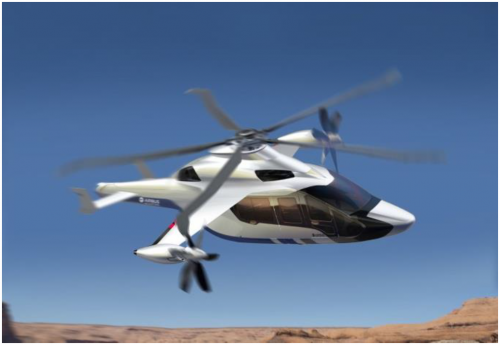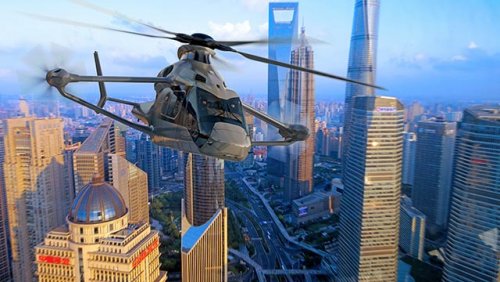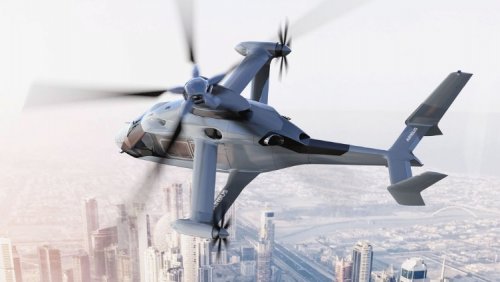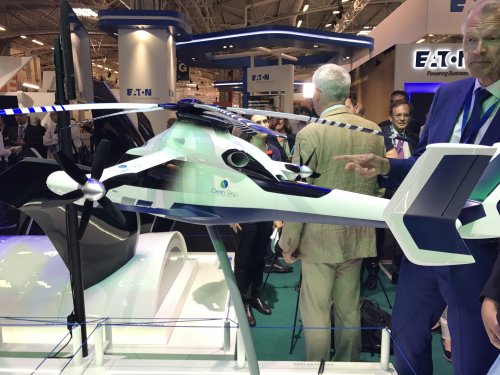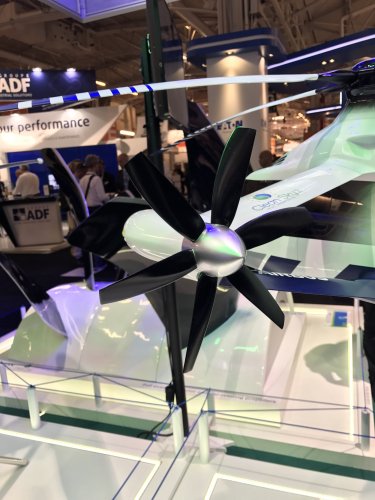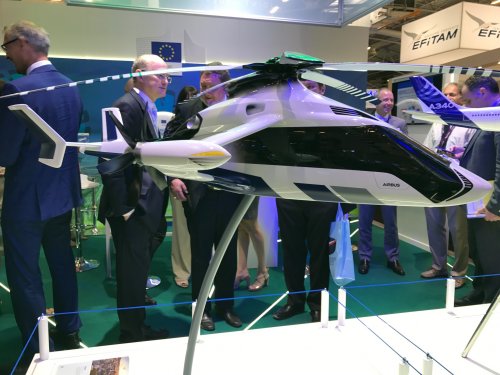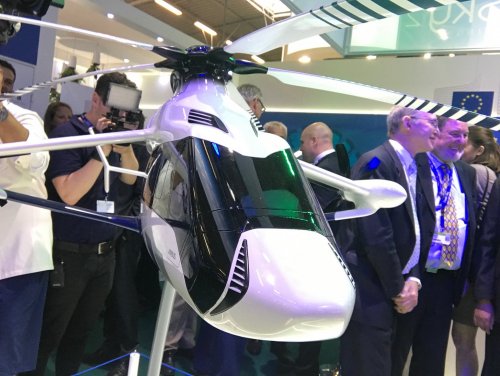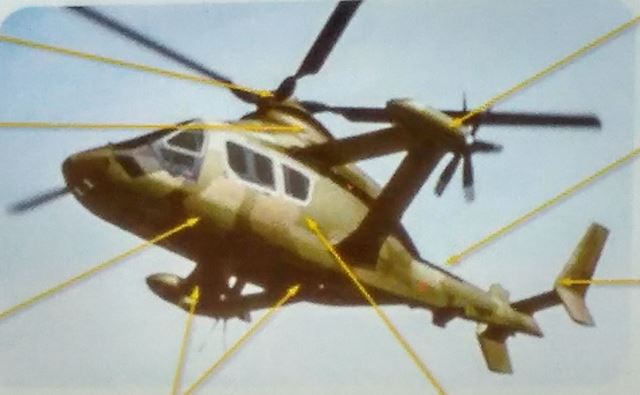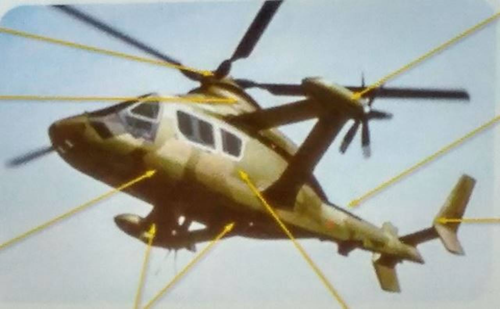- Joined
- 24 November 2008
- Messages
- 1,549
- Reaction score
- 2,612
LifeRCraft = Low Impact, Fast & Efficient RotorCraft
The next step after X³
Refer to page 332 (8.7 Compound Rotorcraft Demonstration (LifeRCraft)) for further information:
http://ec.europa.eu/research/partic...l/jti/h2020-guide-techprog-cleansky-ju_en.pdf
Info about Clean Sky: http://www.cleansky.eu/fast-rotorcraft
BR Michael
...H160 derivative? :
The next step after X³
Refer to page 332 (8.7 Compound Rotorcraft Demonstration (LifeRCraft)) for further information:
http://ec.europa.eu/research/partic...l/jti/h2020-guide-techprog-cleansky-ju_en.pdf
Info about Clean Sky: http://www.cleansky.eu/fast-rotorcraft
BR Michael
...H160 derivative? :

